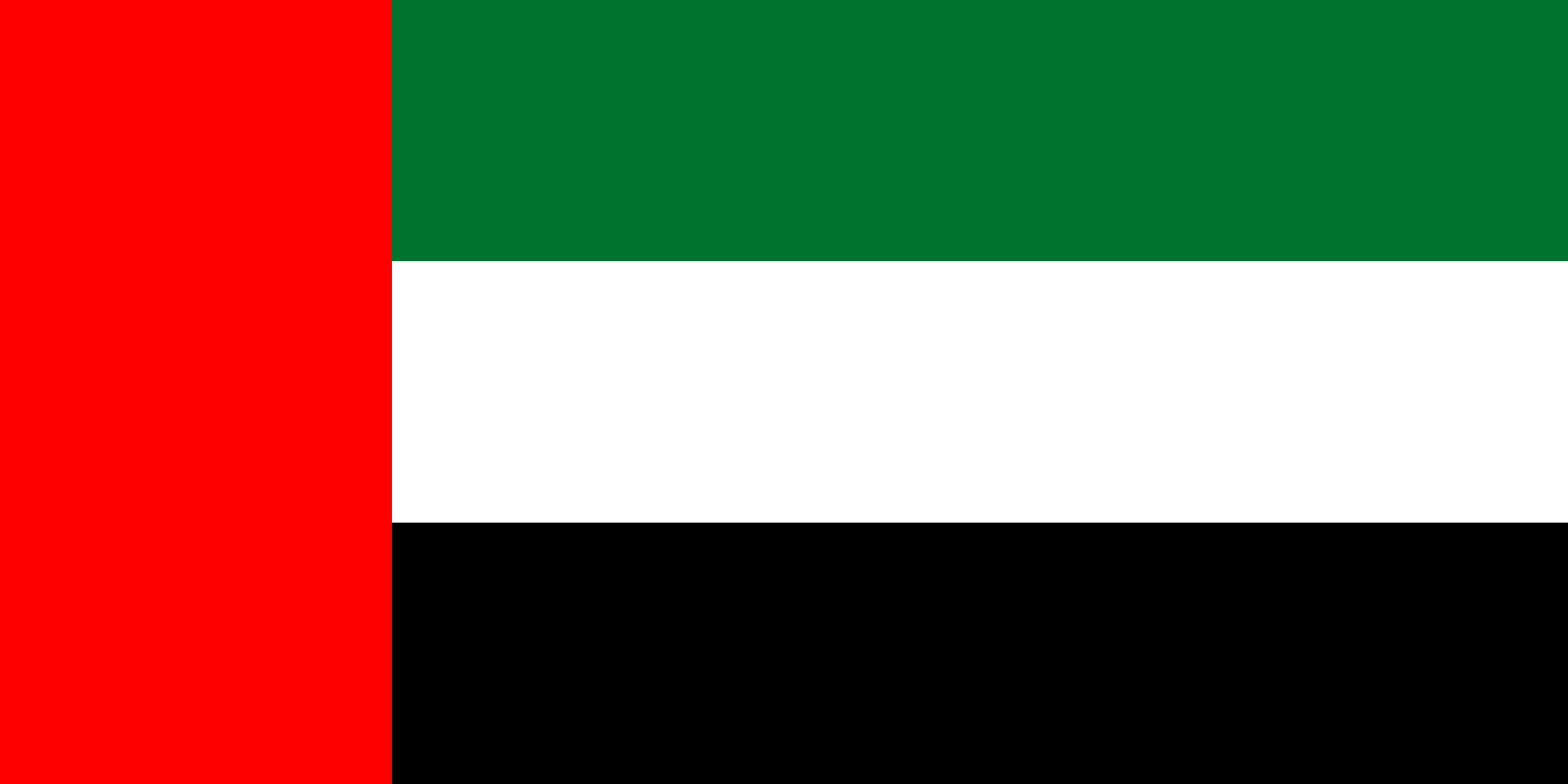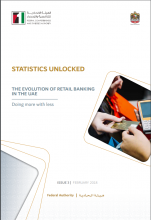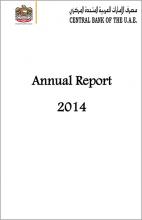 United Arab Emirates
United Arab Emirates
The United Arab Emirates (UAE) is a federation of seven emirates, located in the southeast region of the Arabian Peninsula. The country’s population is estimated at 9.5 million,[1] with the majority of the population living in urban areas at a rate of 87.5 percent.[2] UAE is home to the fifth largest migrant population in the world, with international migrant stock accounting for 91.5 percent of the total population.[3] Given the country’s reliance on foreign workers, the working age group of 15-64 makes up the highest share of the total population at 82.9 percent.[1]
UAE scores the highest on the Human Development Index among Arab countries. At 0.911 (2021), the Emirates is positioned among the very high human development group— ranking 26th out of 191 countries and territories. Life expectancy at birth reached 79.2 in 2022, compared to a regional average of 70.81 years. UAE’s expected years of schooling stood at 15.7, also higher than the regional average of 12.4 years but lower than the average of countries in the very high HDI group, at 16.5 years.[4] UAE had also recorded a high economic ranking in international indices which helped in attracting investment, as a result of an increase in investors’ confidence.[5]
The economy has been recovering gradually from the 2015-2016 slowdown caused by a sharp fall in oil prices. Higher crude oil production and the increase in oil prices in 2018 has resulted in an increase in hydrocarbon GDP growth to 2.5 percent in 2018, up from -3.5 percent in 2017. On the other hand, the non-hydrocarbon sector grew at a sluggish 0.7 percent, compared to a growth of 4.8 percent in 2017, owing to the slowdown in non-oil sectors. As a result, real GDP growth was at 1.2 percent in 2018.[5]
In response, the authorities announced reforms in 2018 to boost non-oil growth, promote innovation, improve the competitiveness of the business environment, strengthen the role of the private sector, privatize nonstrategic government-related enterprises (GREs), and improve the ecosystem for SME development. In 2018, the hydrocarbon sector constituted 32 percent of GDP, down from 38 percent in 2010. Over the same period, the share of high-technology exports almost tripled. In 2019, higher hydrocarbon growth at 3.4 percent, coupled with a slower growth of non-hydrocarbon GDP at 1 percent, resulted in an overall real GDP growth of 1.7 percent, [5] which increased in 2022 to 7.6 and it is estimated to grow by 3.3% in 2023. [5] [6]
Due to the introduction of a five percent Value Added Tax (VAT) on 1 January 2018, inflation increased from 2 percent in 2017 to 3.1 percent in 2018.[6] However, as a result of the fading effect of the VAT, the appreciation of the Dirham, the drop in energy prices, and the fall in rents, UAE’s Consumer Price Index declined by 1.9 percent in 2019, recording a negative reading for the first time since the Index was first reported by the Federal Competitiveness and Statistics Authority (FCSA) in 2009.[5] the decline continued till 2021 (-0.113) then it increased to 4.8 in 2022. [5] [6]
Nationals are increasingly encouraged to seek employment in the private sector. The 2017 labor force survey showed that 75 percent of non-Emiratis are employed in the private sector, in comparison to only 7.3 percent in the governmental sector, while 8.2 percent of Emiratis work in the private, compared to 83.2 percent in the governmental sector. According to the latest national published data, the total unemployment rate is 4.3 percent. The economic participation of women in the labor market increased from 52.7 to 65.7 percent in 2020 compared to 86.4 percent for men.[7]
This overview was last updated in October 2023. Priority is given to the latest available official data published by national statistical offices and/or public institutions.
Sources:
[1] Population Division of the Department of Economic and Social Affairs of the United Nations Secretariat. 2023. World Population Prospects. [ONLINE] Available at: https://population.un.org/wpp/ [Accessed 23 October 2023].
[2] Population Division of the Department of Economic and Social Affairs of the United Nations Secretariat. 2023. World Urbanization Prospects. [ONLINE] Available at: https://population.un.org/wup/ [Accessed 23 October 2023].
[3] United Nations Department of Economic and Social Affairs (UNDESA). 2023. Population Division. International Migrant Stock. [ONLINE] Available at: https://www.un.org/development/desa/pd/content/international-migrant-stock [Accessed 23 October 2023].
[4] United Nations Development Programme (UNDP). 2023. Human Development Index. Country Profiles, United Arab Emirates. [ONLINE] Available at: https://hdr.undp.org/data-center/human-development-index#/indicies/HDI[Accessed 23 October 2023].
[5] Central Bank of the UAE. 2023. Annual Reports 2019 and 2022. [ONLINE] Available at: https://www.centralbank.ae/en/publications [Accessed 23 October 2023].
[6] International Monetary Fund. 2023. World Economic Outlook. [ONLINE] Available at: https://www.imf.org/en/Publications/SPROLLs/world-economic-outlook-databases#sort=%40imfdate%20descending [Accessed 24 October 2023].
[7] Federal Competitiveness and Statistics Authority. 2023. UAE in Numbers and Statistics by subject. [ONLINE] Available at: https://fcsc.gov.ae/en-us/Pages/Statistics/Statistics-by-Subject.aspx#/%3Ffolder=Demography%20and%20Social/Labour%20Force/Labor%20Force&subject=Demography%20and%20Social; https://fcsc.gov.ae/en-us/Pages/Media/Publications.aspx#?id1=1&id2=2 [Accessed 24 October 2023].
Data Highlights
-
The country relies heavily on its large oil and natural gas resources to support its economy and is considered a major oil producer and exporter. In 2021, UAE produced 2.71 million barrels of crude oil up from 2.2 million barrels in 2002. In addition, the UAE exported 2.3 million barrel per day of crude oil in 2021.




